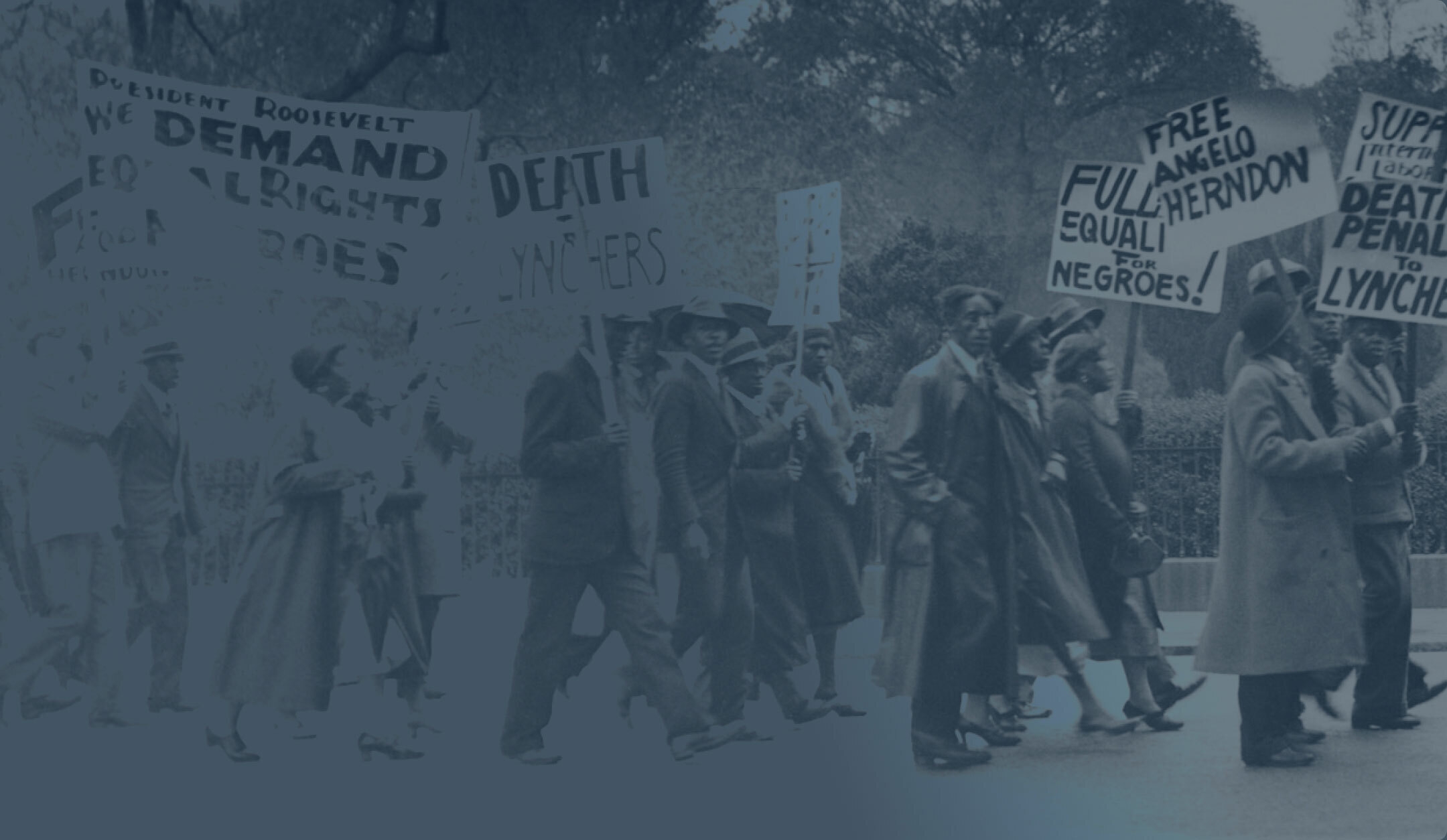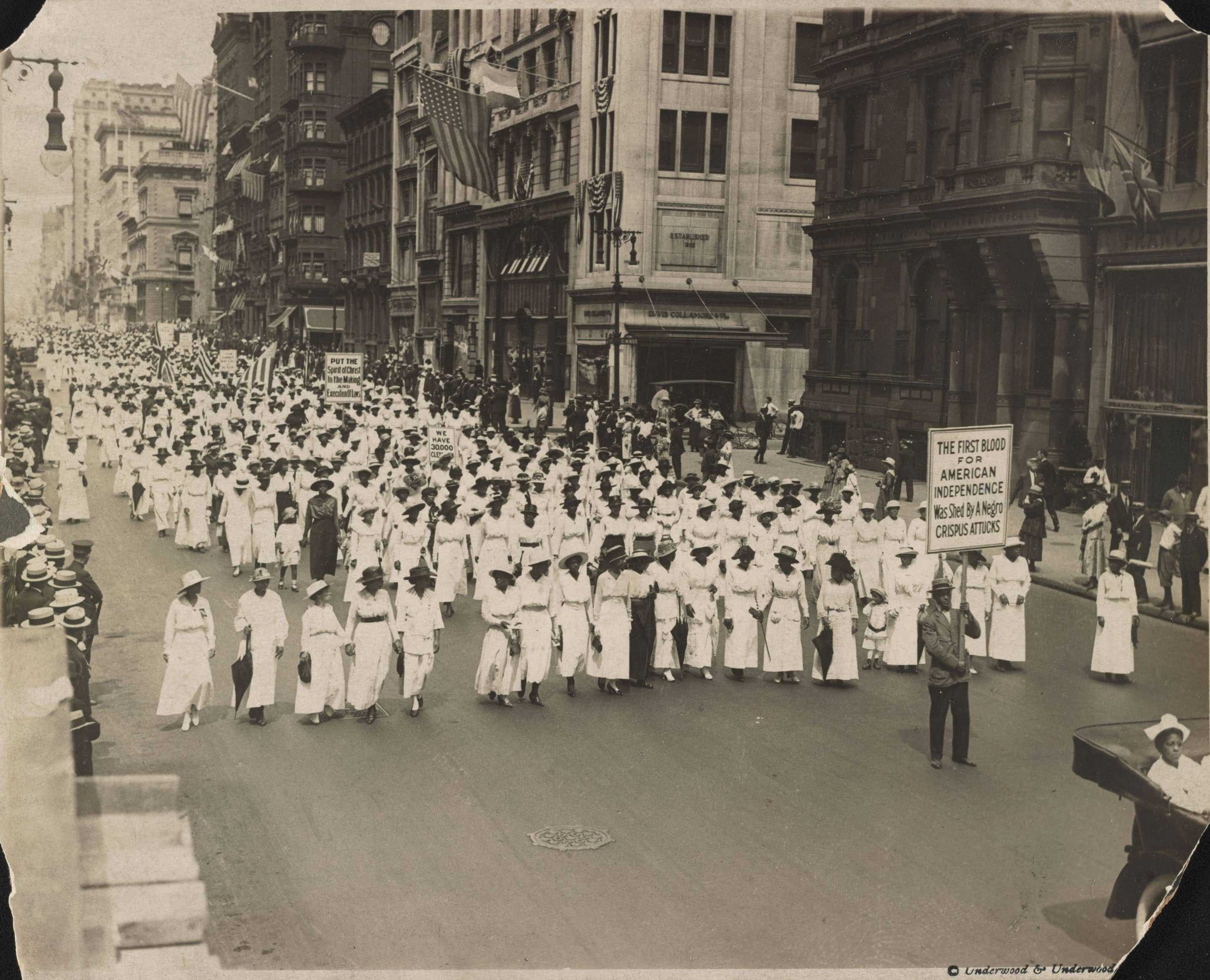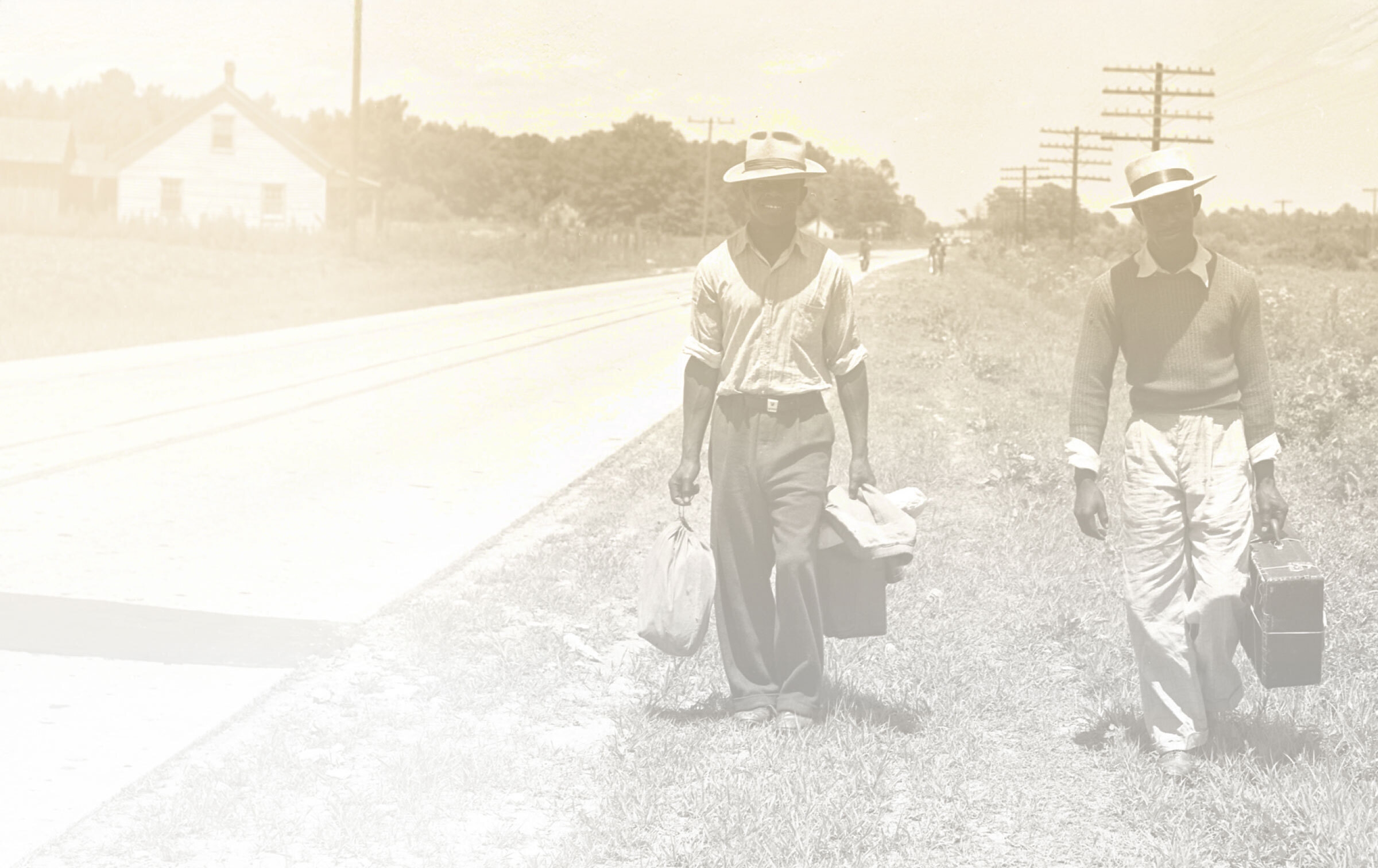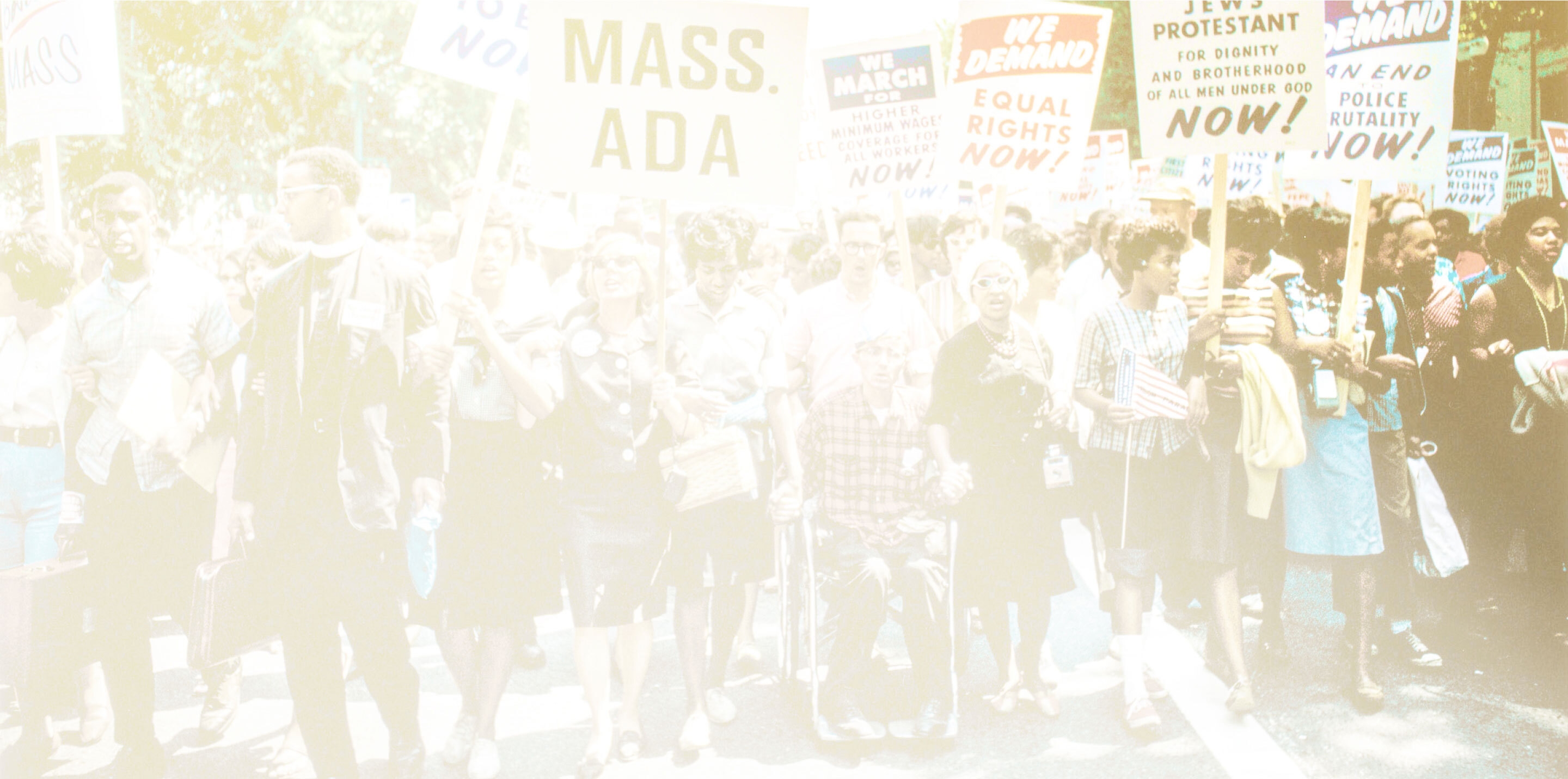
The Era of Segregation
1877–1968
The years after the Civil War were both hopeful and worrisome for African Americans. With the end of slavery, Black Americans had hoped to attain full citizenship. Instead, they found themselves resisting a new form of discrimination—segregation.
Despite difficult challenges, African Americans created institutions and communities to help them survive and thrive. Through their struggle, they challenged the nation to live up to its ideals of freedom and equality.

Interactive Timeline
Defending Freedom in the Era of Segregation: 1865–1968
Between 1865 and 1968, America redefined the meaning of democracy. Although the 13th, 14th, and 15th Amendments ended slavery and expanded civil rights, local and state governments passed Jim Crow laws to restrict new freedoms and separate people based on race. African Americans protested segregation while also building strong communities and institutions.



